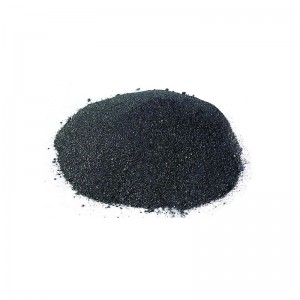Expanded graphite is a new type of functional carbon material, which is a loose and porous worm-like substance obtained from natural flake graphite after intercalation, washing, drying and high temperature expansion. The following editor of Furuite Graphite introduces how expanded graphite is produced:

Because graphite is a nonpolar material, it is difficult to intercalate with small polar organic or inorganic acids alone, so it is usually necessary to use oxidants. Generally, the chemical oxidation method is to soak natural flake graphite in the solution of oxidant and intercalation agent. Under the action of strong oxidant, graphite is oxidized, which makes the neutral network planar macromolecules in graphite layer become positively charged planar macromolecules. Due to the extrusion effect of positive charges between positively charged planar macromolecules, the spacing between graphite layers increases, and the intercalation agent is inserted between graphite layers to become expanded graphite.
Expanded graphite will shrink rapidly when heated at high temperature, and the shrinkage multiple is as high as tens to hundreds or even thousands of times. The apparent volume of shrinkage graphite reaches 250 ~ 300ml/g or more. Shrinking graphite is worm-like, with a size of 0.1 to several millimeters. It has a reticular micropore structure that is common in large stars. It is called shrinking graphite or graphite worm and has many special excellent properties.
Expanded graphite and its expandable graphite can be used in steel, metallurgy, petroleum, chemical machinery, aerospace, atomic energy and other industrial sectors, and its application range is very common. Expanded graphite produced by Furuite graphite can be used as flame retardant for flame retardant composites and products, such as fire-retardant plastic products and fire-retardant antistatic coatings.
Post time: Feb-03-2023